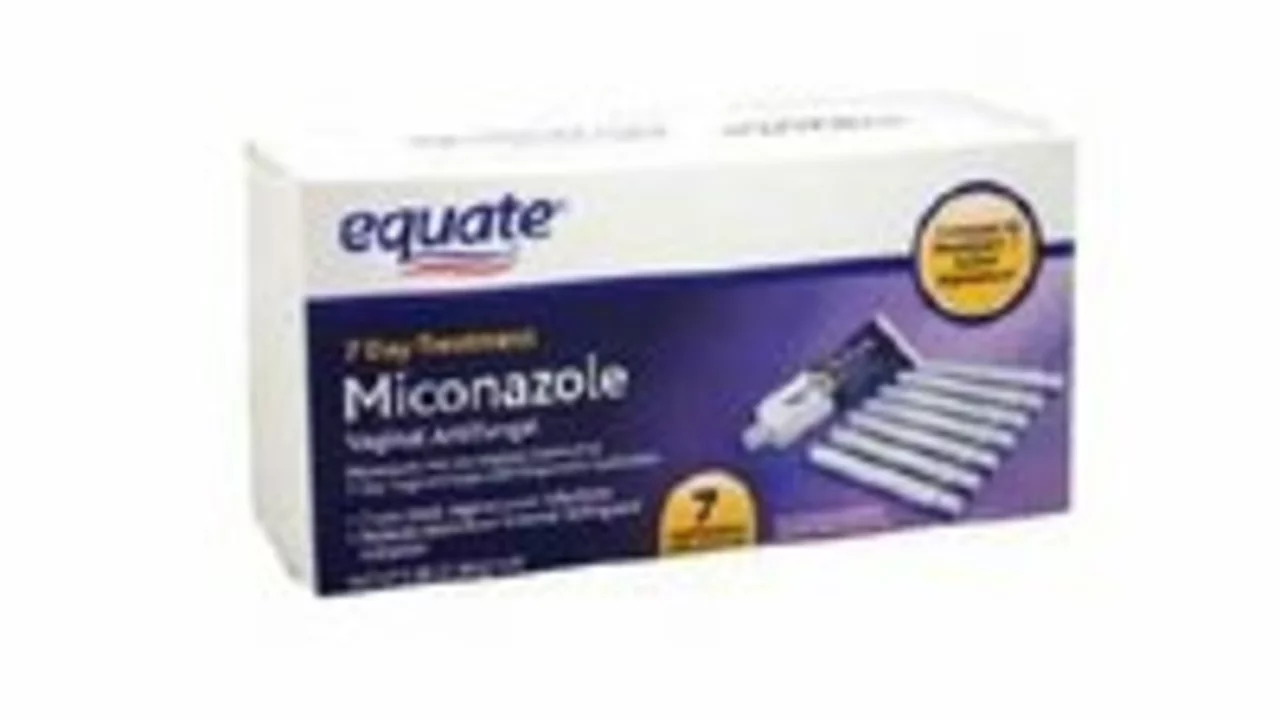Topical Antifungal Treatments: quick fixes and how to use them right
A small red, itchy patch on your skin is often fungal and usually responds well to a topical antifungal. These products treat things like athlete’s foot, ringworm, jock itch, and many yeast skin infections. If you want the fastest relief, choosing the right product and using it properly matters more than brand names.
Topical antifungals come as creams, ointments, sprays, powders, and vaginal suppositories. The most common active ingredients you’ll see are terbinafine, clotrimazole, miconazole, and tolnaftate. Terbinafine tends to work fast on tinea infections (athlete’s foot, ringworm), while clotrimazole and miconazole are good for many yeast infections. Powders can help keep areas dry, sprays are handy for feet, and creams are versatile for most skin spots.
How to pick the right product
Match the product to the problem: fungal infections on the skin (tinea) usually do well with terbinafine or tolnaftate. Yeast-style rashes in skin folds or vaginal yeast infections often respond to clotrimazole or miconazole. If the issue looks like a blistering rash, pus, or spreading fast, it might not be fungal — check with a clinician before using antifungals.
Read the label for application frequency. Many OTC creams say once or twice daily. For persistent spots, look for products labeled for tinea corporis/athlete’s foot rather than generic anti-itch creams that only mask symptoms.
How to use topical antifungals correctly
Clean the area and dry it well before applying. Fungi love moisture, so the drier the skin, the faster the medicine works. Apply a thin layer and rub it in; don’t pile on thick ointments unless the product says to. Most creams are used once or twice a day. For tinea infections, keep treating for at least 1–2 weeks after the rash looks gone to stop a comeback. For vaginal treatments, follow the package regimen — one-day, three-day, or seven-day options exist.
Avoid covering the treated area with airtight dressings unless your doctor tells you to. Don’t share towels, socks, or shoes while infected. Wash linens and clothing in hot water if possible, and use shower shoes in communal areas to prevent reinfection.
Side effects are usually mild: slight burning, stinging, or skin irritation. Stop the medicine and call a provider if you get severe redness, swelling, or signs of an allergic reaction. Nail and scalp fungal infections rarely clear with topical creams alone — those often need prescription treatments.
See a doctor if the rash is large, painful, spreads quickly, involves the nails or scalp, or doesn’t improve after 2 weeks of proper topical use. Also check with a provider before using antifungals in pregnancy or if you’re on medicines that affect the liver — some oral antifungals need monitoring.
Prevention tip: keep skin dry, change socks daily, use breathable fabrics, and treat pets if they have ringworm. With the right product and simple care, most skin fungal infections clear up fast and stay gone.
How Does Butenafine Compare to Other Topical Antifungal Treatments?
In my latest exploration of topical antifungal treatments, I've found that Butenafine stands out among its peers. Compared to other treatments, Butenafine is renowned for its effective and quick action against a wide range of fungal infections. It's especially potent against athlete's foot and jock itch. While it does have side effects like itching or burning, they're generally less severe than other treatments. So, if you're looking for a powerful antifungal, Butenafine might just be your best bet.
More
